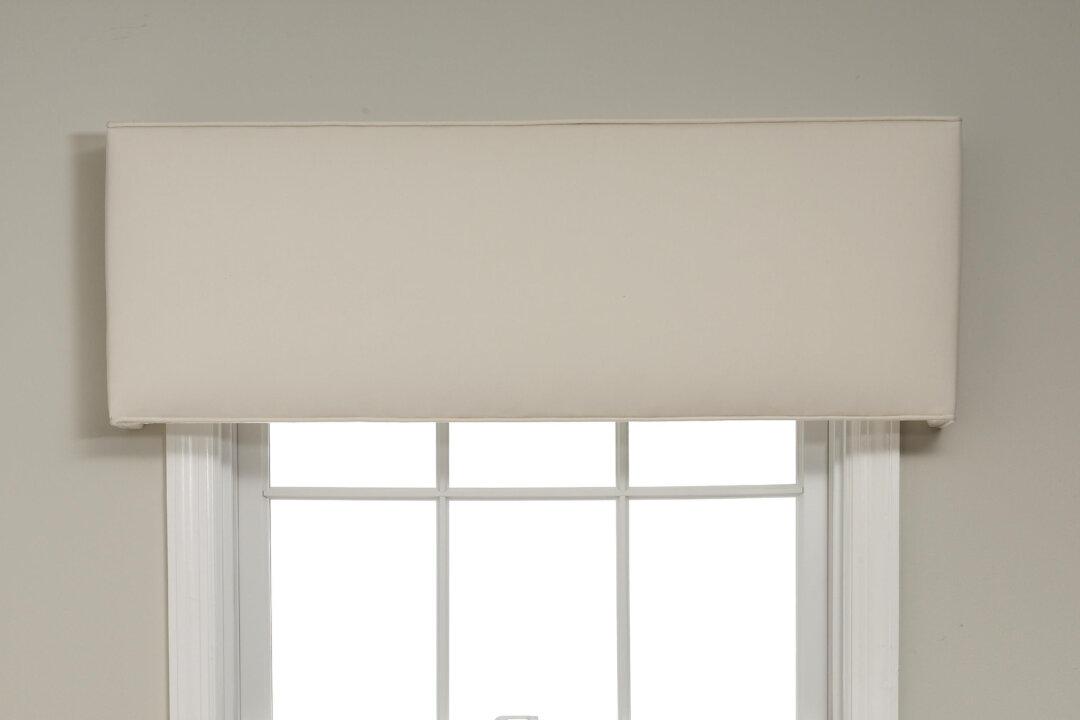You may know of a suspended ceiling, which is also called a drop ceiling, because of its design using metal channels that run the length and width of a room. Once those channels are installed on the ceiling to create a grid of cross runners and ribs, 2-by-4-foot acoustic panels slip and slide into place.
For years, a suspended ceiling solved the problem of covering up a damaged or unfinished ceiling. What began as a solution for remodeling a basement in the 1960s is alive and well in today’s home. The ceiling panels can be removed and provide access to pipes or wiring that may require servicing or repair. The ceiling is often used in commercial buildings to lower a ceiling, but at the same time provides access to the original ceiling and structural wires and pipes.
In a typical 10-by-12-foot room a ceiling contractor charges $1,400, which includes labor and material, to install a suspended ceiling. It will cost more if the existing ceiling requires repair work. A handy homeowner with carpentry experience and tools can do the job for $520, which includes the cost of the materials and an electronic water level, and pocket a 63% saving. Budget more time and material if a soffit is needed or you want to include lighting fixtures. Most of the work involves planning, laying out and installing the metal channel system around the perimeter of the room and across the ceiling so it’s level.
For tools you need a ladder, pliers, a hammer, a carpenter’s level, metal snips, a utility knife, measuring tape and a water level, a device that assures the ceiling grid will be level across the entire span of the room. It’s handy to have a helper as you work from the ladder.
Pro Cost — DIY Cost — Pro time — DIY Time — DIY Savings — Percent Saved
$1400 — $520 — 16 — 24 — $880 — 63%





